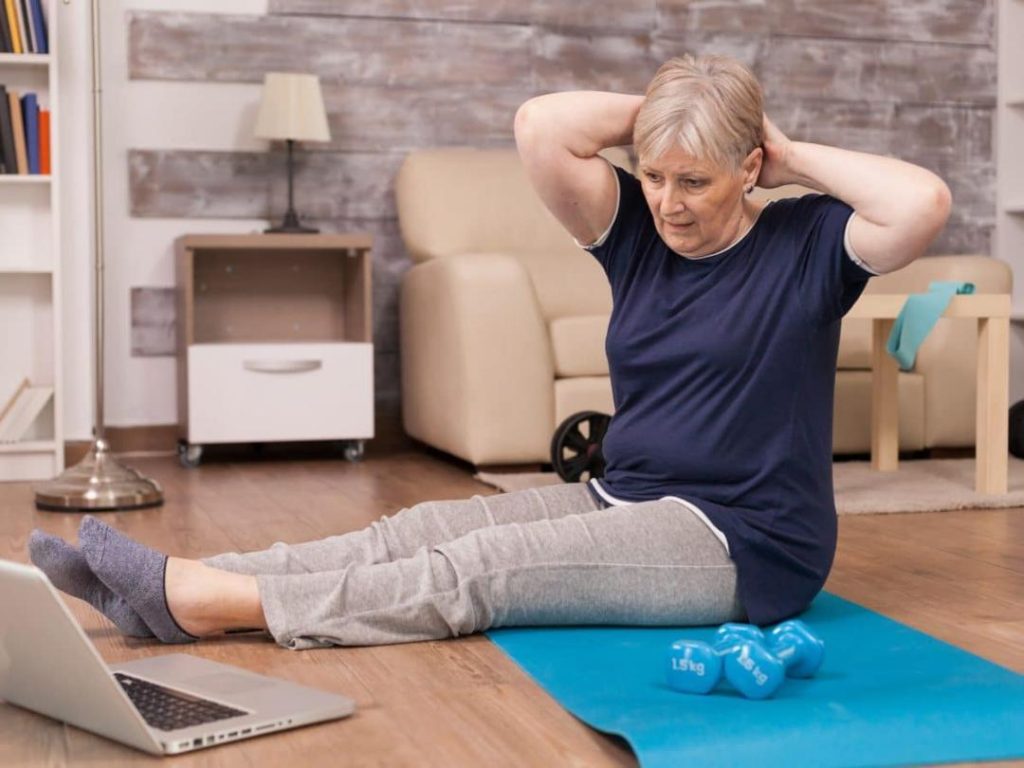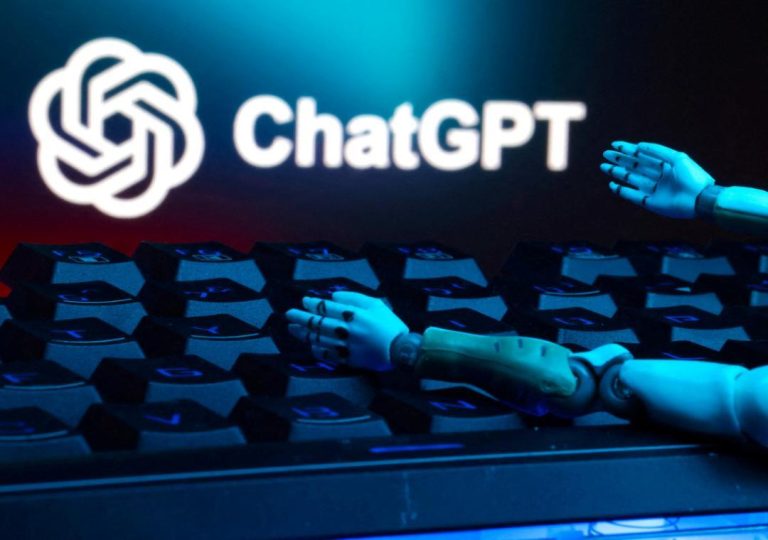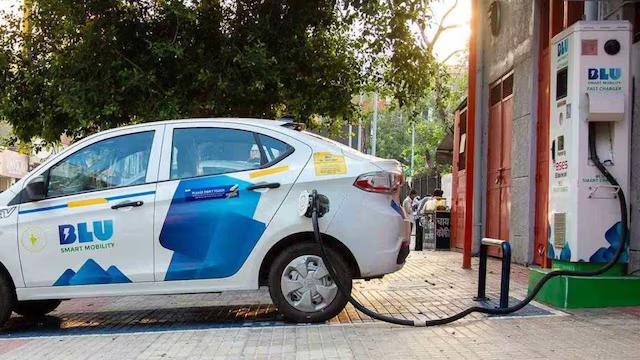
Physiotherapy: How AI & AR are making pain a thing of the past
In recent years, the field of physiotherapy has witnessed a significant transformation with the integration of artificial intelligence (AI) and augmented reality (AR) technologies. These innovations have revolutionized the way physiotherapists approach pain management and prevention, making it more effective and accessible for individuals worldwide. By leveraging AI and AR, physiotherapists can now provide real-time posture corrections, personalized exercise plans, and early detection of musculoskeletal issues, shifting the focus from treatment to prevention.
The traditional physiotherapy approach often involves a reactive approach, where patients seek treatment only after experiencing chronic pain or injury. However, with the advent of AI and AR, physiotherapists can now adopt a proactive approach, identifying potential issues before they become severe and debilitating. This proactive approach not only reduces the likelihood of chronic pain but also helps individuals maintain optimal physical function and overall well-being.
One of the most significant benefits of AI-powered physiotherapy is the ability to provide personalized exercise plans. AI algorithms can analyze an individual’s specific needs, goals, and physical limitations to create customized workout routines. This personalized approach ensures that exercises are tailored to the individual’s abilities, reducing the risk of injury and improving overall effectiveness. Additionally, AI-powered physiotherapy can also detect subtle changes in posture and movement patterns, allowing therapists to intervene early and prevent musculoskeletal issues from developing.
Augmented reality technology has also become a game-changer in physiotherapy. AR overlays digital information onto the real world, allowing individuals to visualize and interact with virtual objects and environments. In the context of physiotherapy, AR can be used to create immersive and engaging exercise experiences, making rehabilitation more enjoyable and effective. For example, AR-powered exercises can simulate real-world scenarios, such as walking uphill or climbing stairs, allowing individuals to practice these movements in a safe and controlled environment.
Another area where AI and AR are making a significant impact is in the early detection of musculoskeletal issues. AI-powered sensors and cameras can analyze an individual’s movement patterns and detect subtle changes that may indicate an impending injury or musculoskeletal issue. This early detection enables physiotherapists to intervene promptly, preventing the issue from becoming a chronic problem.
Moreover, AI-powered physiotherapy can also help reduce the risk of obesity-related musculoskeletal issues. By analyzing an individual’s movement patterns and providing personalized exercise recommendations, AI-powered physiotherapy can help individuals maintain a healthy weight and reduce their risk of developing musculoskeletal issues.
In addition to the technological advancements, AI and AR are also redefining the role of physiotherapists. With AI-powered physiotherapy, therapists can focus more on high-value tasks, such as patient education, rehabilitation planning, and progress monitoring. AI can handle repetitive and time-consuming tasks, freeing up therapists to focus on the aspects of their job that require human expertise and empathy.
The future of physiotherapy is bright, with AI and AR poised to revolutionize the way we approach pain management and prevention. As these technologies continue to evolve and improve, we can expect to see even more innovative applications in the field of physiotherapy.
In conclusion, the integration of AI and AR in physiotherapy is transforming the way we approach pain management and prevention. By providing personalized exercise plans, real-time posture corrections, and early detection of musculoskeletal issues, AI and AR are making physiotherapy more effective and accessible for individuals worldwide. As we continue to push the boundaries of what is possible with these technologies, we can expect to see even more exciting developments in the field of physiotherapy.
Source: https://www.healthcareradius.in/features/technology/physiotherapy-obesity-tech






